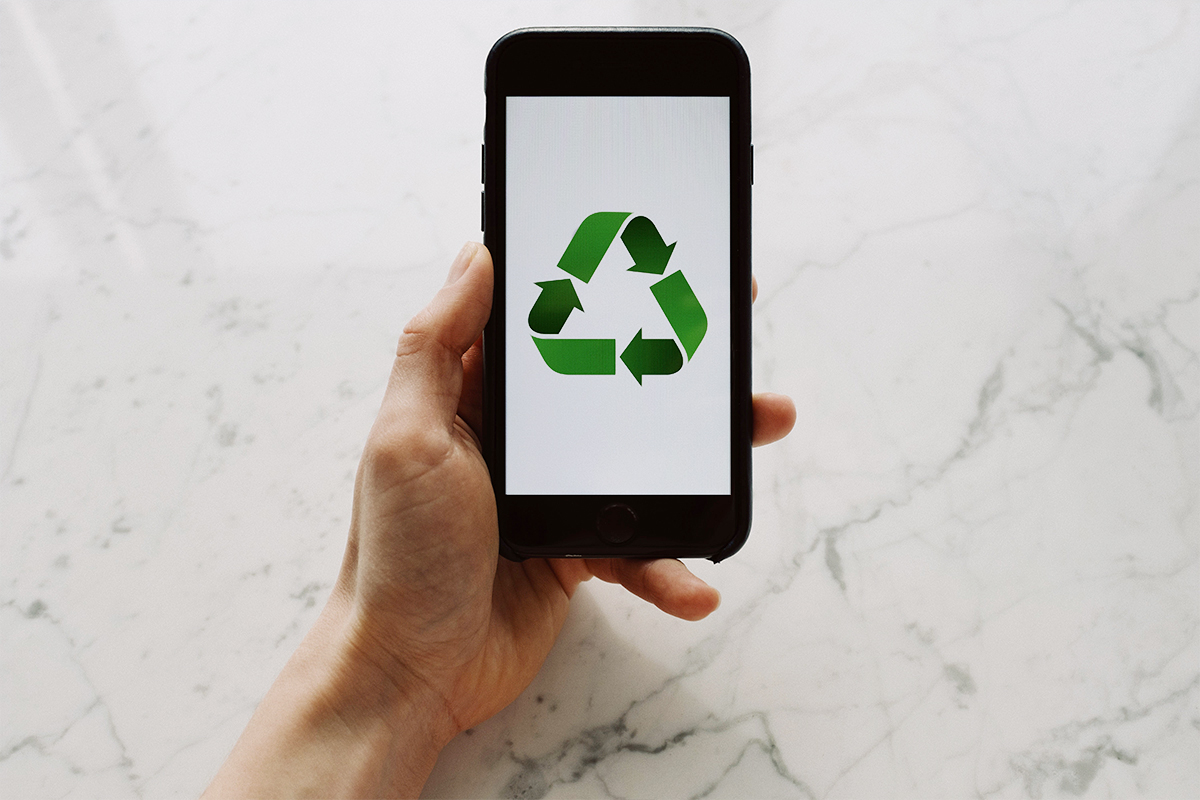As our lives grow more and more connected, human need for digital transformation, data innovation and devices to facilitate that connectivity – grows. Information and Communication Technology (ICT) is integral to modern life, but it comes at a (very green) price.
It is estimated that the ICT sector was responsible for about 4% of global electricity use and 1.4% of global greenhouse gas emissions in 2020 – which is no mean feat. But what exactly within ICT makes up that carbon footprint? And what measures can be taken to reduce them?
So where are these emissions coming from?
Data Centres
With the proliferation of digital services and rapid adoption of cloud computing, data centres are more needed than ever. But the servers, cooling systems and networking equipment that support the storing and processing of vast amounts of information require a lot of energy – leading to a large carbon footprint.
ICT Devices
The production and life-cycle of electronic devices like smartphones, computers and networking devices requires mining raw materials, manufacturing processes, and transportation – all of which contribute to GHG emissions. Along with manufacturing energy cost is the added concern of improper disposal of e-waste where pollutants can be released adding to environmental damage.
Network Infrastructure
In order to have global connectivity, telecommunication infrastructure needs to be built, rolled out, maintained and continually optimised to support increased data traffic. To accommodate these demands requires a lot of energy and therefore increased GHG.
And what can be done to reduce the carbon footprint?
Circular Economy Adoption
The concept of a circular economy means to put systems in place and use products designed for reuse, recycling, and minimisation of waste. This incorporates all parts of the lifecycle from making better and more energy efficient decisions around materials, to manufacturing, to packaging, energy consumption to end of life device management.
E-waste Buyback Programs
These initiatives involve the collection and recycling of old or obsolete devices such as computers, smartphones, and networking equipment. Buyback programs can contribute to a circular economy by promoting the reuse, recycling and proper disposal of devices often offering green credits for responsible e-waste management.
IOT Resource Optimisation
The Internet of Things (IoT) can be used to minimise carbon emissions in the ICT sector in several ways. Using better IoT tech, energy consumption can be monitored in real time, smart sensors and data-analytics can help with more sustainable decision making eg. In smart offices for lighting, heating, cooling and distribution of power usage.
Overall, reducing the carbon footprint of ICT isn’t impossible. It will require embracing the IOT and implementing energy-efficient programs and measures as well as investment in a circular economy mindset.
If you’d like information about how we can help your business to adopt more sustainable ICT practices, get in touch with us today.
